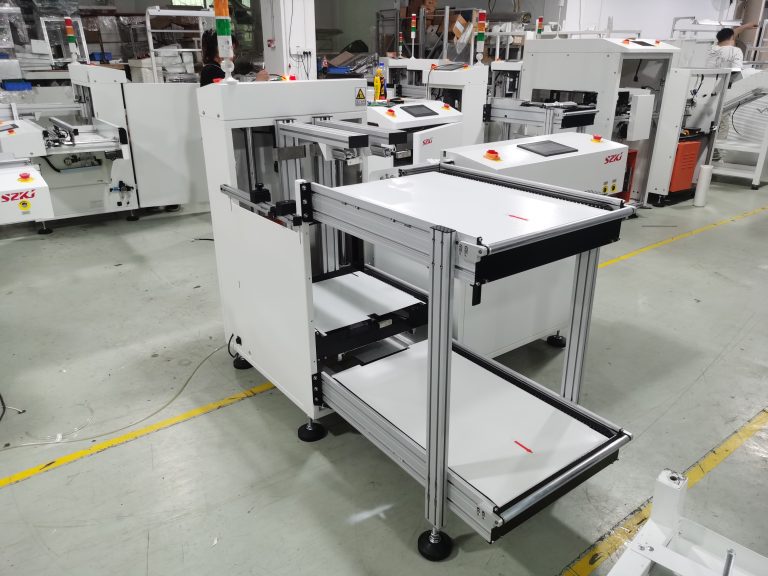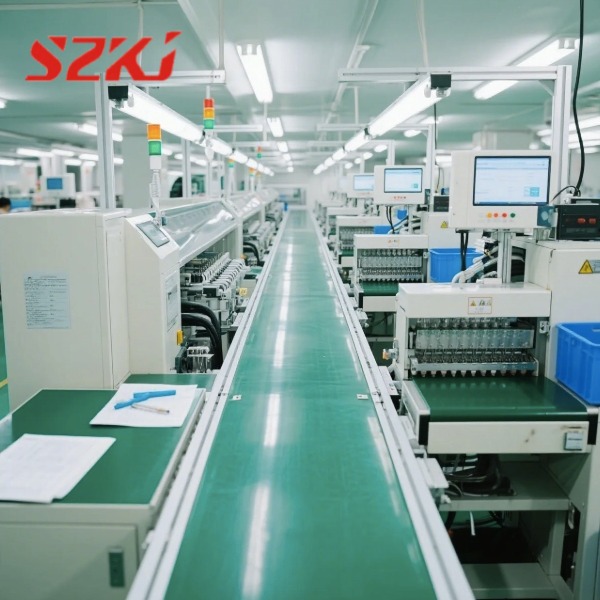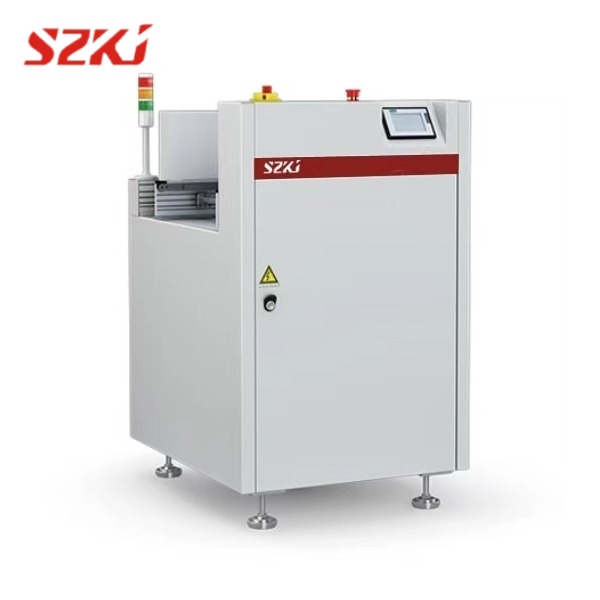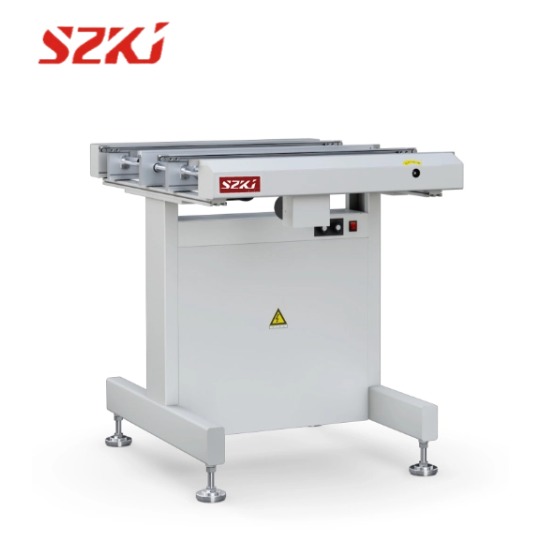Power supplies are one of the most vital components of electronics providing the electrical current to keep the devices functioning. Let’s take a look at the SMT process specifically for power supply production, including the key steps and advantages it offers.
Why SMT for Power Supplies?
Traditional through-hole technology (THT) has long been used for power supply assembly. However, the SMT process has emerged as the preferred method for several reasons:
- Miniaturization: Power supplies are constantly shrinking in size to accommodate smaller and more compact electronic devices. The SMT process allows for the use of smaller components, leading to more compact and space-saving power supply designs.
- Increased Efficiency: The SMT process enables faster production lines and higher assembly speeds due to its automation capabilities. This translates to cost-effectiveness and faster turnaround times.
- Improved Reliability: The soldering process in SMT creates strong and reliable electrical connections. Additionally, the smaller and lighter components used in SMT are less susceptible to mechanical stress, further enhancing reliability.
- Higher Component Density: SMT allows for a significant increase in the number of components that can be placed on a single printed circuit board (PCB). This translates to more complex and feature-rich power supply designs on a smaller footprint.
The SMT Process in Power Supply Production
A typical SMT process used for power supply production generally involves:
- Stencil Printing:
This is the first stage of the SMT process. A stencil, a thin metal sheet with laser-cut openings corresponding to the component pads, is placed on the cleaned and prepared PCB. Solder paste, a viscous material containing small metal spheres, is then applied through the stencil using a stencil printer. The solder paste creates a deposit on the designated pads for each electronic component.
- Component Pick and Place:
Automated pick-and-place machines are the workhorses of the SMT process. These machines precisely pick up pre-loaded surface-mount components (SMDs) from reels or feeders and place them accurately on the PCB with the appropriate solder paste deposits.
- Reflow Soldering:
After all the components are placed, the PCB enters a reflow oven. This oven utilizes a precisely controlled temperature profile to melt the solder paste. As the solder melts, it forms strong electrical and mechanical connections between the component leads and the PCB pads.
- Automated Optical Inspection (AOI):
Once soldering is complete, the PCB undergoes an Automated Optical Inspection (AOI) process. High-resolution cameras and image processing software meticulously scan the PCB to identify any potential defects in solder joints, component placement, or other anomalies.
- Cleaning:
After inspection, the PCB is typically cleaned to remove any residual flux left over from the soldering process. This ensures optimal electrical performance and long-term reliability.
- Electrical Testing:
This is the final stage of the SMT process. The completed power supply undergoes rigorous electrical testing to ensure it meets all the required performance specifications. This testing verifies functionality, voltage output, efficiency, and other critical parameters.
Advantages of SMT for Power Supply Production
Following are the advantages of utilizing the SMT process:
- Consistent Quality: Automation minimizes human error and ensures consistent quality throughout the production process.
- Reduced Production Costs: The SMT process allows for faster production lines and improved efficiency, ultimately reducing costs.
- Improved Design Flexibility: The ability to use smaller and lighter components with SMT opens doors for more innovative and compact power supply designs.
- Environmental Benefits: Due to the smaller component size and reduced lead usage in SMT, this process offers a more environmentally friendly approach to power supply production.
The SMT process is a cornerstone of modern power supply production. By utilizing this technology, SMT manufacturers delivers high-quality, compact, and reliable power supplies that meet the demanding needs of today’s electronics industry.




